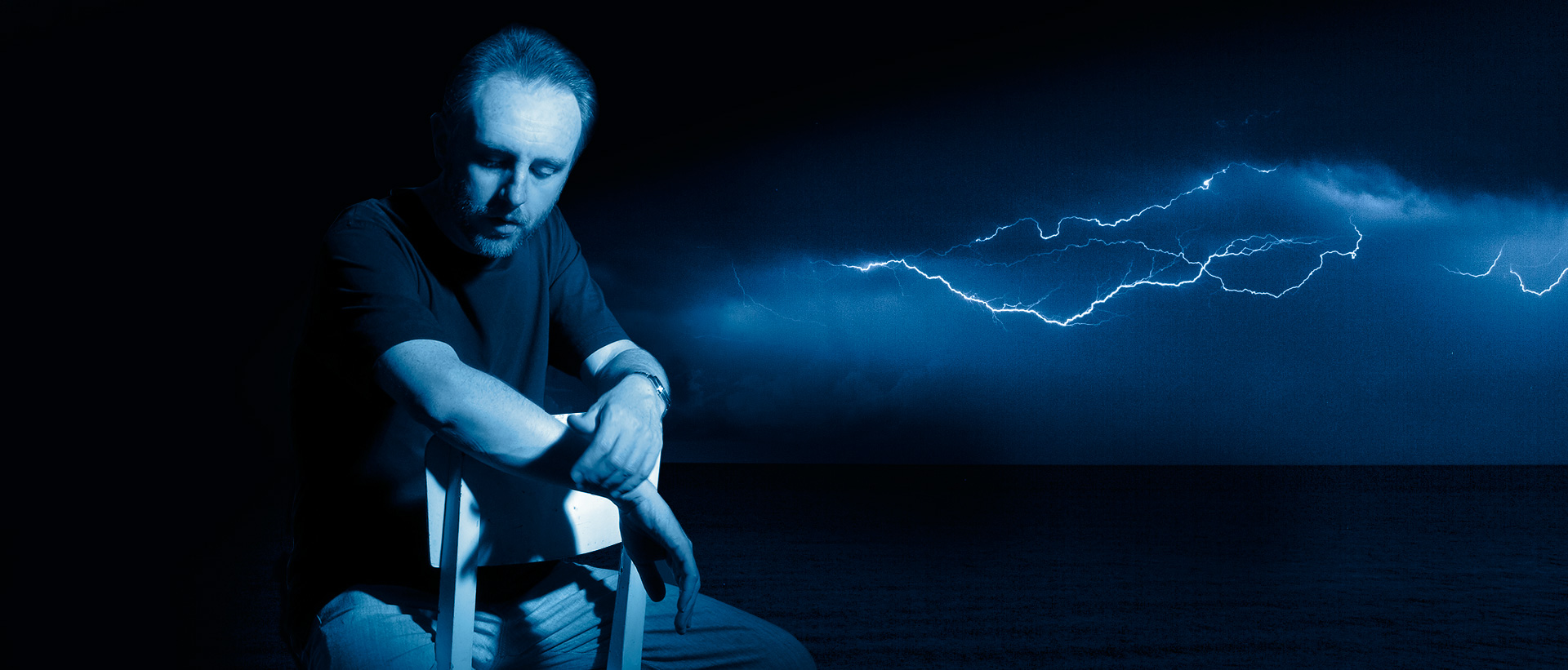
Il progetto musicaeletrica
Da bambino, a metà degli anni Settanta, la domenica ascoltavo sempre un programma sugli UFO trasmesso da una delle prime radio private. Tra una storia su un avvistamento di dischi volanti e un rapimento alieno, mettevano sempre della musica elettronica, dei brani strumentali accattivanti come Pulstar di Vangelis, Oxygene IV di Jean-Michel Jarre o Magic Fly degli Space. Questi suoni sintetici mi hanno subito affascinato e ben presto ho realizzato che volevo un sintetizzatore per Natale. Ma all’epoca costavano troppo. Mi regalarono invece un organo Farfisa. Solo a metà degli anni Ottanta sono riuscito ad ottenere il mio primo synth, un Siel DK 70. Grazie alla mia nuova tastiera sono entrato in un gruppo senza nome, con cui ho provato per sei mesi in una cantina ammuffita. Era un miracolo se andavamo tutti a tempo. Non ci siamo mai esibiti in pubblico. Del resto, come musicista, faccio abbastanza schifo, però con questa esperienza ho imparato tanti nuovi accordi e ho fatto molta pratica.
Poi ho cominciato a registrare delle cose con un mio amico. Facevamo sovraincisioni su sovraincisioni usando i nastri VHS con un videoregistratore stereo, perché avevano una qualità migliore rispetto alle audiocassette. Il fruscìo però cresceva in modo esponenziale ad ogni passaggio. Nello stesso periodo ho sperimentato i primi programmi di sequencing e notazione che giravano sui computer della Commodore. Ma solo più tardi mi sono procurato un Amiga 2000 di seconda mano e, con un software musicale che stava tutto su un floppy disc (Music-X), ho iniziato a comporre musica al computer. Era il 1989.
Dopo quasi trent’anni, nel 2018 pubblico “Atlas of the lost islands”, il primo album realizzato con veri musicisti e un sacco di bravi cantanti, un progetto ambizioso che riunisce sia spunti musicali figli delle mie prime sperimentazioni a cavallo tra gli anni Ottanta e Novanta che molte nuove composizioni.
Nel 2024 il progetto continua con “Pensieri Stranieri”, secondo capitolo di questo percorso che si muove tra pop ed elettronica. Il Carso, la notte, la bora e un pizzico di malinconia sono il filo rosso che lega i dieci brani dell’album, in un viaggio tra memoria e attualità.
The musicaeletrica project
As a child in the mid-1970s, I used to listen every Sunday to a radio show about UFOs, broadcast by one of the first private stations. Between stories of flying saucers and alien abductions, they always played electronic music—catchy instrumental tracks like Pulstar by Vangelis, Oxygene IV by Jean-Michel Jarre, or Magic Fly by Space. Those synthetic sounds fascinated me instantly, and before long I knew what I wanted for Christmas: a synthesizer.
But back then they were far too expensive. Instead, I was given a Farfisa organ. It wasn’t until the mid-1980s that I got my first synth: a Siel DK 70. Thanks to that new keyboard, I joined a nameless band. We rehearsed for six months in a moldy basement. It was a miracle if we all played in time. We never performed live. To be honest, I’ve never been much of a musician—but through that experience, I learned a lot of new chords and got plenty of practice.
Later, I started recording with a friend. We would overdub track after track using VHS tapes and a stereo VCR, which offered better sound quality than regular cassettes. Unfortunately, the tape hiss increased exponentially with each layer. Around the same time, I began experimenting with early sequencing and notation software that ran on Commodore computers.
It wasn’t until a bit later that I managed to get a second-hand Amiga 2000. With a music program that fit entirely on a floppy disk (Music-X), I began composing music on a computer. That was in 1989.
After nearly thirty years, in 2018 I released Atlas of the Lost Islands, my first album created with real musicians and a number of talented singers. It was an ambitious project that blended musical ideas born during my early experiments in the late ’80s and early ’90s with many new compositions.
In 2024, the project continues with Pensieri Stranieri, the second chapter in this journey through pop and electronic music. The Karst Plateau, the night, the bora wind, and a hint of melancholy are the common thread linking the ten tracks of the album—a journey through memory and the present.

